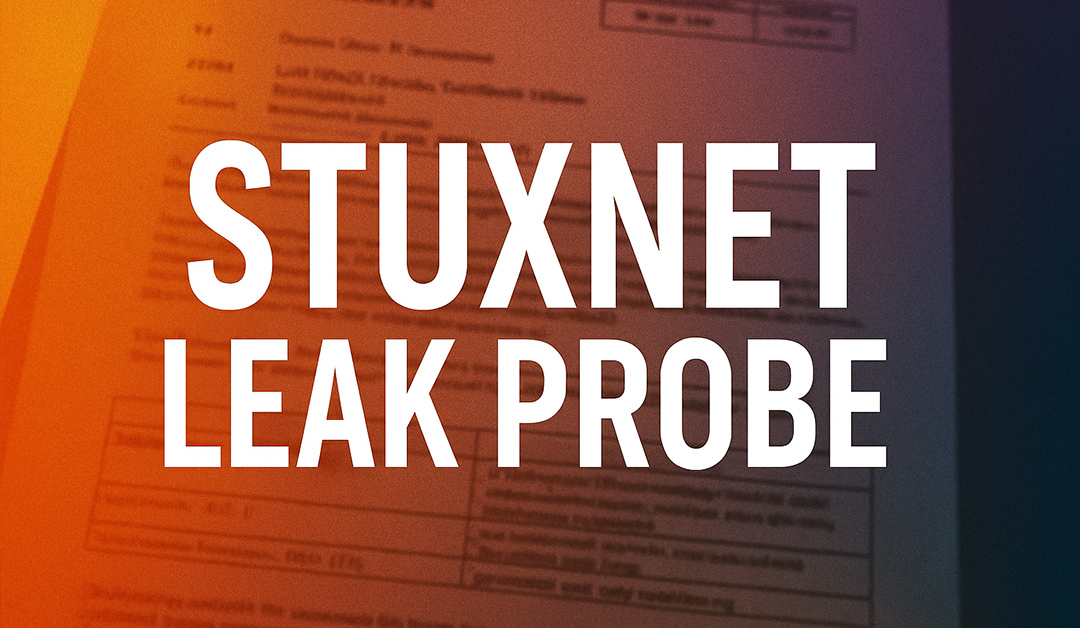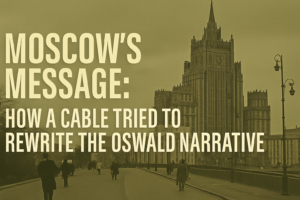A once-secret U.S. intelligence cable reveals how a leak about one of the world’s most consequential cyberattacks turned into a major criminal investigation-one that reached the highest ranks of the American military.
In 2013, media reports broke the story that retired Marine General James "Hoss" Cartwright was the target of a Department of Justice probe.
The leak in question?
Classified details about Stuxnet-the computer virus that sabotaged Iran’s nuclear enrichment program.
"A retired high-ranking US general is under investigation for allegedly leaking classified information about a covert cyber attack on Iran’s nuclear programme, US media report."
🖥️ What the Stuxnet Leak Revealed
Stuxnet was no ordinary cyber operation.
The virus, developed under "Operation Olympic Games," was a joint US-Israeli mission that physically destroyed nearly 1,000 Iranian centrifuges in 2010.
The attack was first outlined by the New York Times, which described how Stuxnet managed to disrupt Iran’s uranium enrichment-delaying the country’s nuclear ambitions without a single missile being fired.
-
The cyber operation began under President George W. Bush.
-
It accelerated under President Barack Obama, becoming a key weapon in US strategy.
-
The leak of these details triggered alarm across the US security establishment.
⚖️ Cartwright Becomes the Target
The declassified cable shows how the investigation quickly focused on Cartwright:
-
He was vice-chairman of the Joint Chiefs of Staff from 2007–2011, serving as a top Obama national security adviser.
-
NBC News and the Washington Post reported that Cartwright was informed by letter he was a criminal "target"-a suspect expected to be charged.
-
At the time of the leak, Cartwright had already retired, but remained influential.
Both Cartwright’s attorney and Justice Department officials refused to comment on the case.
But the label "target" carried real weight in federal investigations.
🔐 Secrecy, National Security, and the Fallout
The Stuxnet leak was seen as a national security crisis.
-
The Justice Department responded with a criminal investigation, fearing that revealing operational details could help adversaries or expose US cyber methods.
-
Officials were especially concerned the leak would undermine ongoing and future digital operations.
The document points out that the operation (code-named Olympic Games) marked the first public acknowledgment of offensive cyberwarfare used for sabotage by the US.
"The New York Times gave a detailed account last year about the virus, and how it temporarily took out nearly 1,000 centrifuges that Iran was using to purify uranium."
📝 How the Probe Unfolded
The investigation into the leak demonstrates how sensitive cyber operations have become, and how quickly they can become political flashpoints.
-
The revelations prompted a scramble across US intelligence and military agencies to control the fallout.
-
Media outlets quoted legal sources confirming Cartwright’s status in the probe, intensifying public scrutiny.
-
No formal charges were announced at the time the cable was distributed.
The episode is a case study in the risks posed by leaks, especially when covert digital operations cross over into the public eye.
🚨 The Legacy of the Stuxnet Leak
This document offers a rare glimpse into the high-stakes world of modern espionage and cyber conflict.
Stuxnet was a turning point, but the investigation into the leak showed how vulnerable even the most secret operations can be.
When classified programs make headlines, the consequences reach far beyond the target, testing the limits of secrecy, accountability and the law.






